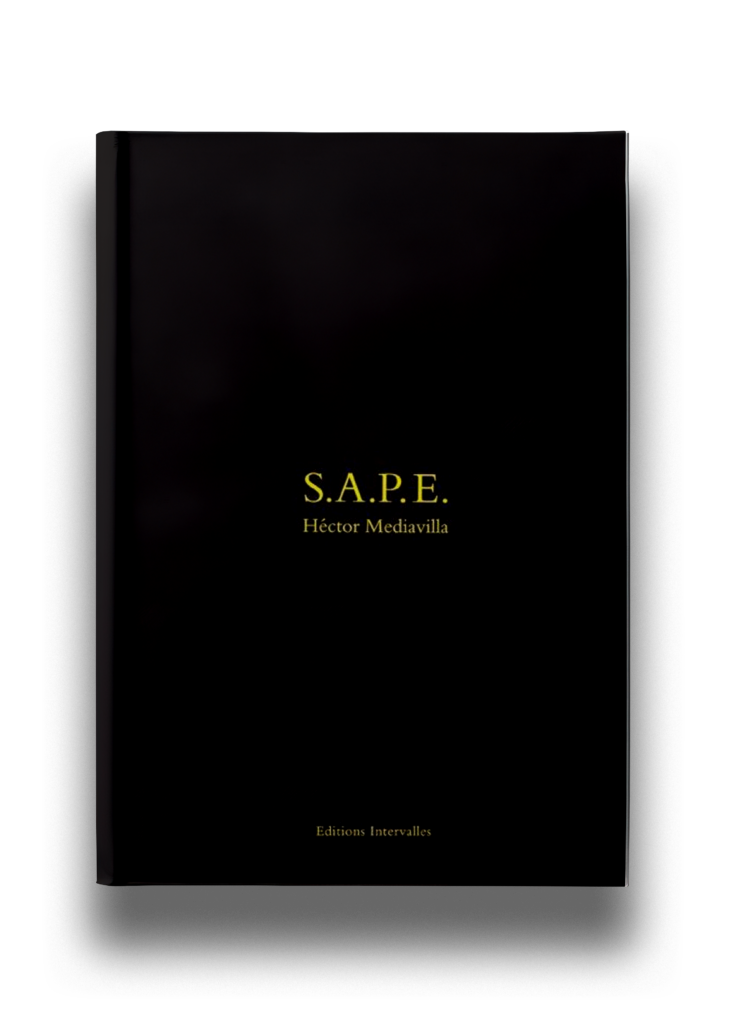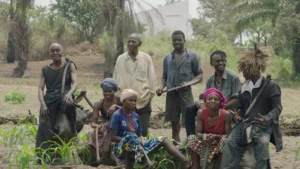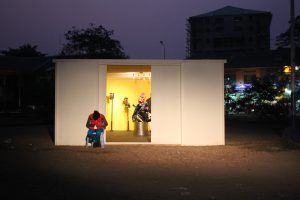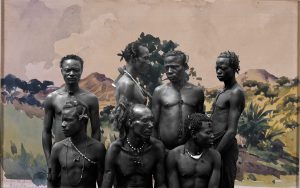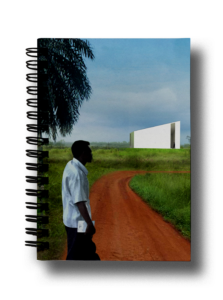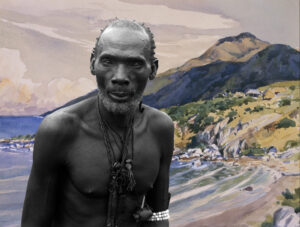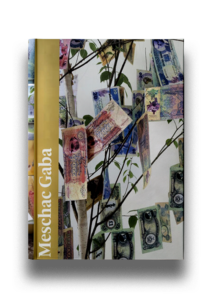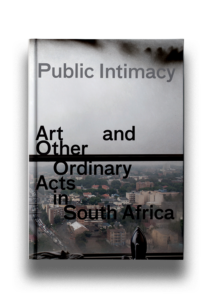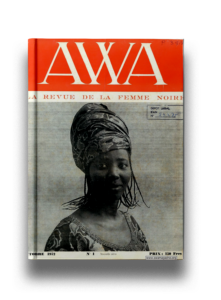Year
2013
Publisher
Editions Intervalles
Author
Héctor Mediavilla
Annotation
The S.A.P.E or la Société des Ambianceurs et Personnes Elegantes [the Society of Atmosphere-Setters and Elegant People] is considered by its followers as a way of life, or even a cult. Hector Mediavilla bears witness to this through the lens of his camera. However, beyond history and what the S.A.P.E summons from the colonial past, this series of photographs illustrates in a very beautiful way what links the former colonies to the Afro-descendants, namely, resilience: a common capacity to transcend traumas and survive them. Resilience is what allows the followers of S.A.P.E to turn an element that evokes a painful past for many, humiliating for some and shameful for others, into a suspended moment in the heart of the ‘slums’, which describe the spaces where the poorest segments of our population live. A joyful procession of classy dandies fully embodying their role in the city, gradually shedding the dense and dark cloud of the human condition to open up new horizons to their fellows.
RAW Material Company
[...] La sape, c’est bien 'une certaine forme de combat contre les circonstances difficiles de la vie'. [...] Se saper, c’est une manière de défier personnellement la morosité, de s’autoriser le rêve, dans un contexte qui ne le permet généralement pas. [...].
